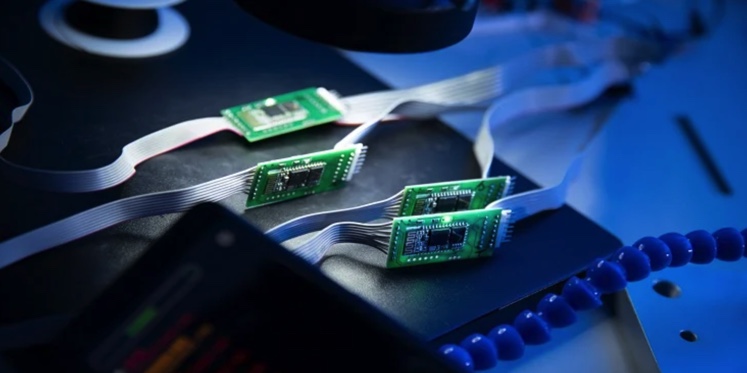Medical Device Software Security

In today’s healthcare, medical devices are crucial tools. They are employed in the diagnosis and treatment of patients, the monitoring of vital signs, and the gathering and storage of private patient data. Medical devices are, however, becoming more susceptible to cyberattacks as they become more sophisticated and connected. The integrity of the healthcare system as a whole is seriously threatened, as well as patient safety and privacy. Making sure that their equipment is secure and that patient data is protected is therefore crucial for medical device manufacturers and healthcare organizations.
Threat Environment for Medical Devices.
Medical device security threats are constantly changing. Malware attacks, network intrusions, and unauthorized access to patient data have all occurred in recent years as part of numerous high-profile cyberattacks on medical devices. Some of the main dangers to the security of medical devices include:
Malware: Malware, including viruses and Trojan horses, can infect medical equipment and cause it to malfunction or steal private data.
Network breaches: Healthcare networks, which are susceptible to cyberattacks, frequently connect medical devices. If a network is breached, an attacker might be able to access the medical devices connected to the network and take private patient data.
Access without authorization: Medical equipment may hold private patient data, including test results, medical histories, and health records. Unauthorized access to this data may result in privacy violations, identity theft, and financial fraud.
Supply chain attacks: During any stage of development and production, including the acquisition of components, creation of software, and distribution of devices, medical devices may be subject to cyberattacks.
Employees who have malicious intentions are an example of an insider threat that can seriously jeopardize the security of a medical device. An employee who has access to confidential patient information, for instance, could steal that information or tamper with medical equipment to harm patients.
Medical Device Security Regulatory Frameworks.
Depending on the kind of device and the nation where it is used, various regulatory frameworks may apply to medical devices. The following are a few of the main legal frameworks for medical device security.
FDA’s Cybersecurity for Medical Devices Guidance: The FDA is the primary American regulatory body for medical devices. It has released cybersecurity guidance for medical device manufacturers and healthcare providers, which offers suggestions on how to secure their products and safeguard patient data. The recommendations cover a wide range of topics, including risk assessment and management, device authentication and access control, data encryption and protection, and software security (Food and Drug Administration, 2019).
Health Insurance Portability and Accountability Act (HIPAA): HIPAA is a U.S. S. a piece of legislation that establishes guidelines for the protection of PHI. It covers medical equipment that manages PHI, including electronic medical record systems and personal health record gadgets HIPAA demands.
